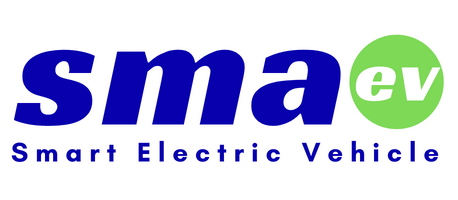The rapid development of 5G technology with the three major characteristics of high bandwidth, low latency and large connection, especially since the release of the O-RAN (Open Radio Access Network Alliance) open network architecture in 2018, in addition to helping telecom operators to significantly reduce equipment procurement costs and increase In addition to deployment flexibility, it can further provide customers with fast, flexible, innovative and customized software and hardware services, such as AR/VR, electric vehicles (EV), drones, etc., by improving the user experience and experience Increase revenue. Since O-RAN is also the first 5G base station architecture capable of supporting artificial intelligence/machine learning operations, it is estimated that more than 1/2 of the base stations in the world will adopt O-RAN architecture after 2027.
5G and EV development have a multiplier effect
5G not only means faster and higher-quality audio and video streaming, but for electric vehicles, 5G is more important to the safety and reliability of their travel. The electric vehicle market has shown a rapid growth curve, and more and more people have chosen to drive electric vehicles instead of traditional vehicles equipped with internal combustion engines. According to ABI Research estimates, there will be 41 million 5G connected cars on the road in 2030, and this number will at least double by 2035.
The fast-growing electric vehicle market provides 5G telecom companies with great development potential. However, they must have a comprehensive network infrastructure to provide services for electric vehicles and their charging stations. Therefore, 5G telecom companies have provided 5G private networks (network Slices, which cut the network into multiple end-to-end virtual networks) and edge management, provide consumers with reliable network connections.
5G private network and edge management
Telecom companies need to provide reliable network connections that are not prone to interruptions or failures, so that 5G can play a more critical backup role than fixed networks. For example, when a strong storm causes power outages or in rural areas with weak signal reception, it can Immediately switch to the 5G private network as a backup communication channel between the base station systems.
As more and more electric vehicles hit the road, 5G private networks are also playing an important role in ensuring connectivity. For electric vehicles and their charging facilities, telecommunications companies can create 5G private networks based on their own SLA (Service Level Agreement) requirements, which means that telecommunications companies can better ensure that their 5G can adapt to changing scenarios-in the event of a storm , The electric vehicle will not interrupt the connection with its charging station and management system. Once the storm has passed, it will dynamically switch back to the fixed network.
The 5G edge management technology also plays a key role in the construction of electric vehicle infrastructure (V2X). It can better control and manage the end-to-end network capabilities and ensure the network communication and application services of EV users. It can always maintain smoothness, and can carry out various innovative and value-added application services to create revenue. For example, it provides information about the charging station required for driving an electric car, and guides the driver to the nearest charging station for charging, and can complete the payment process through a mobile phone.
Concluding remarks
In fact, in addition to transportation, 5G private network and edge management technology can also play a role in various vertical applications, such as drone flight, automated farm irrigation system, smart city command and control, and even medical operations performed by robots. Now all walks of life need more complex and more complete solutions to solve their business problems, which also means that telecom operators can provide more diversified services, play a greater role, and create more revenue. The key to success lies in how to ensure that they have a strong 5G network that can meet the ever-evolving application needs of the market.





